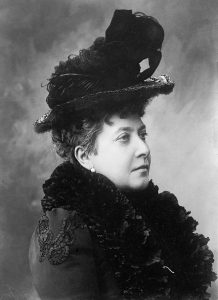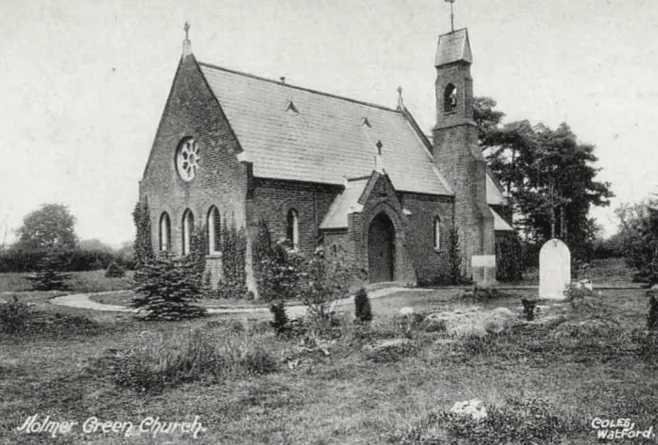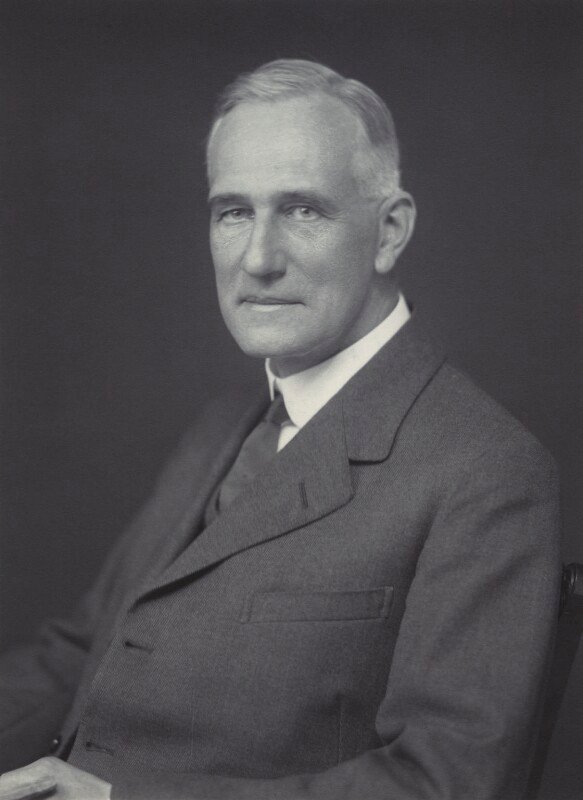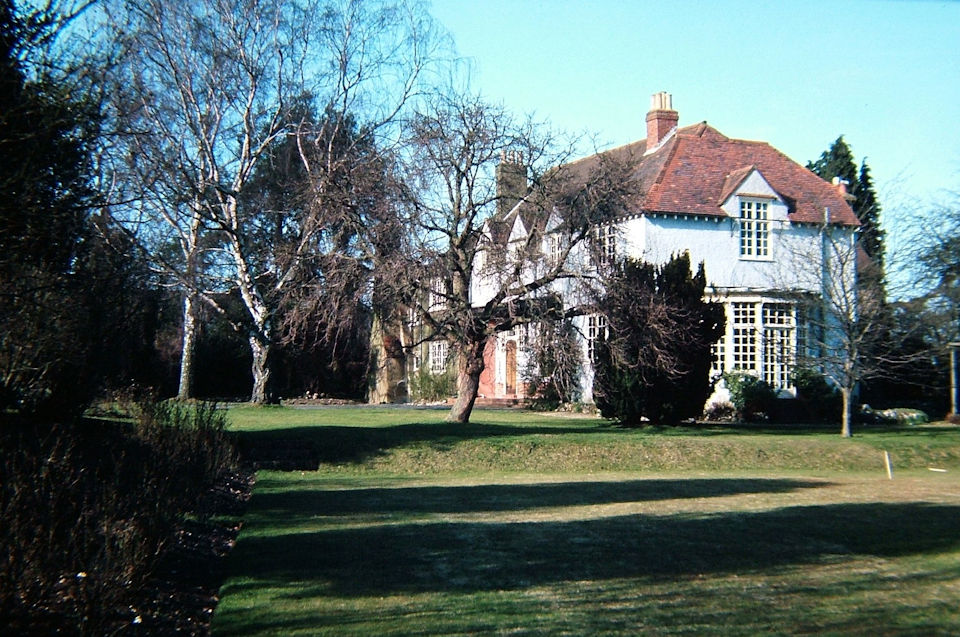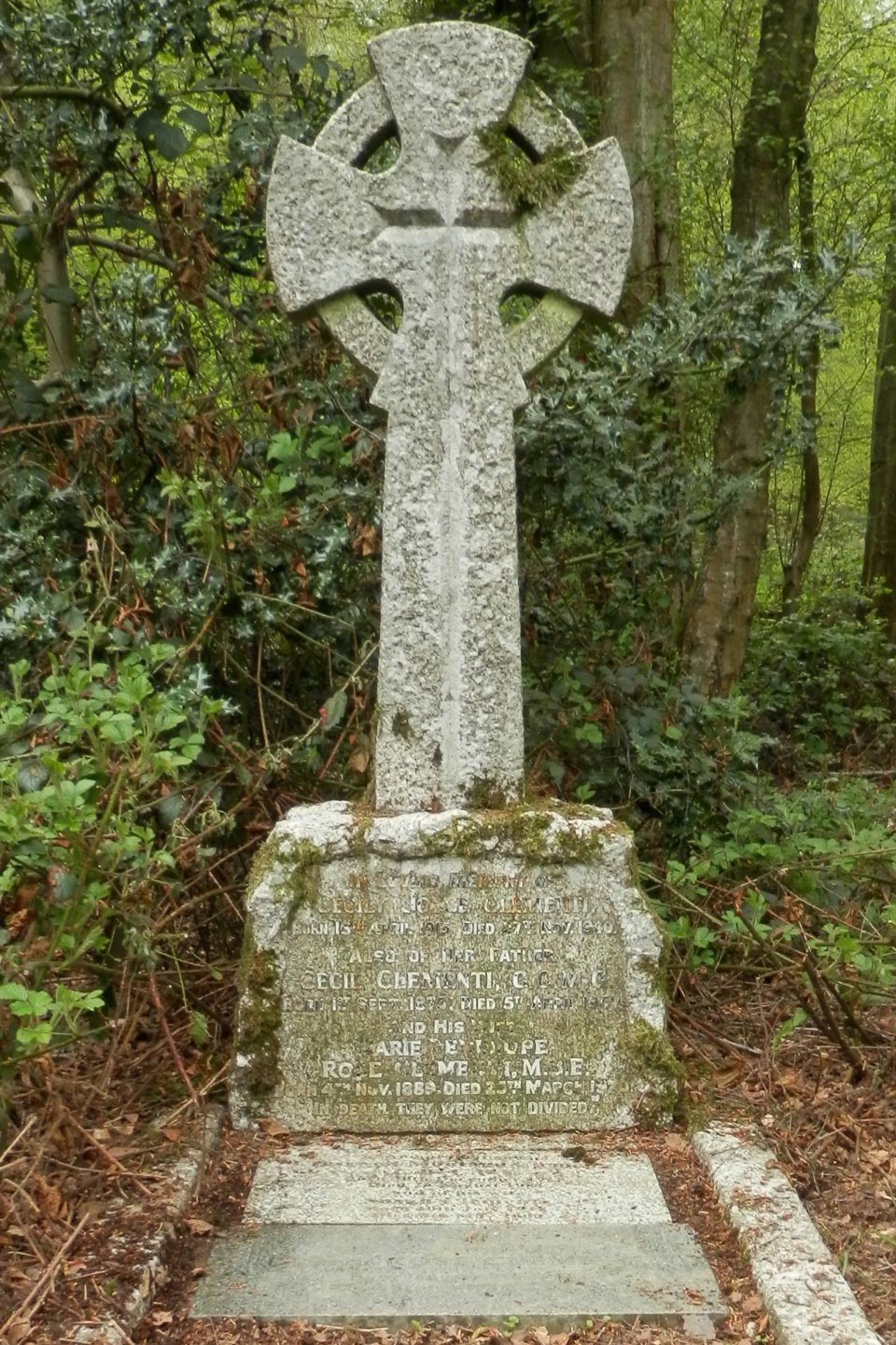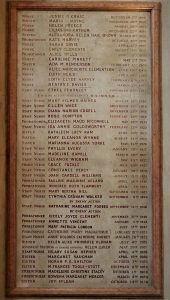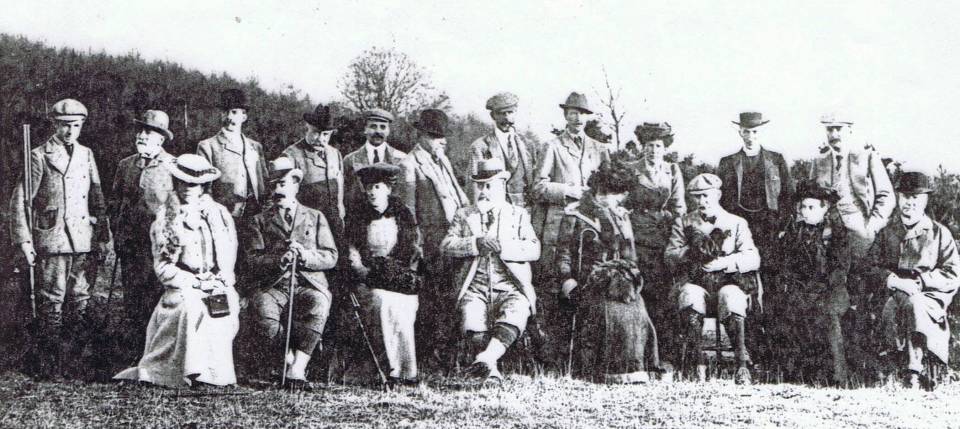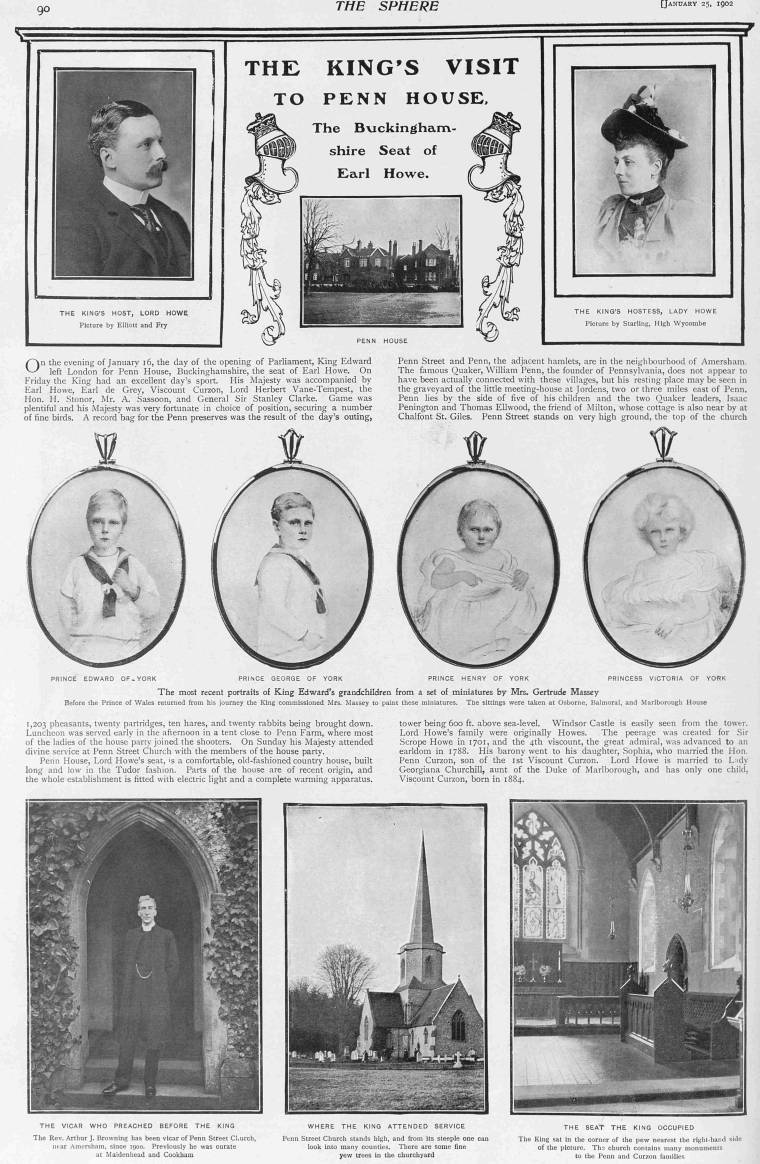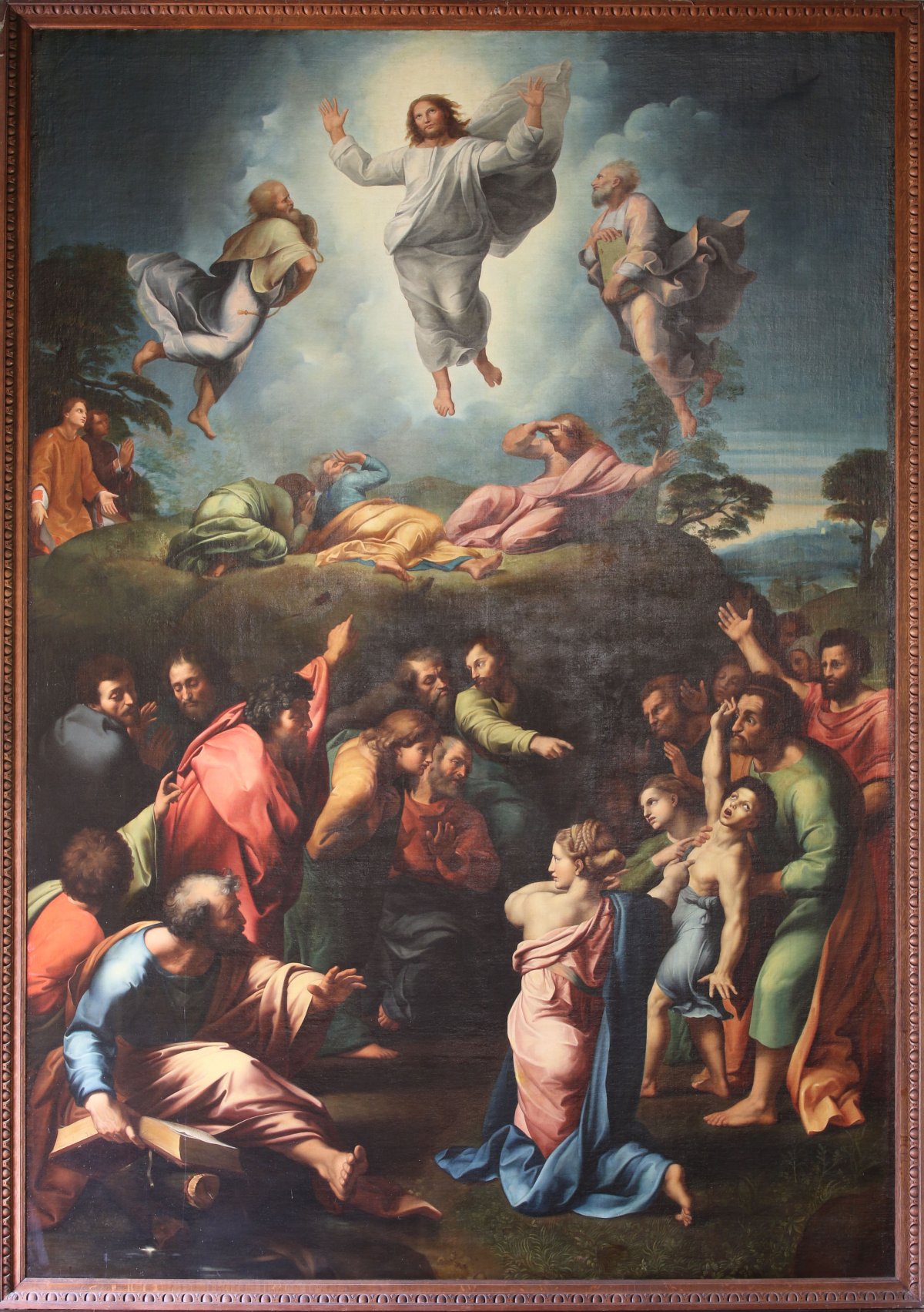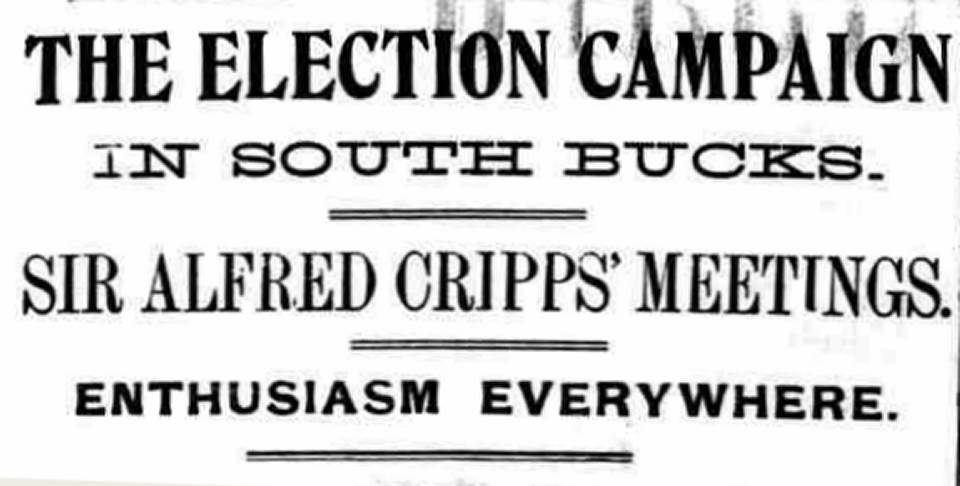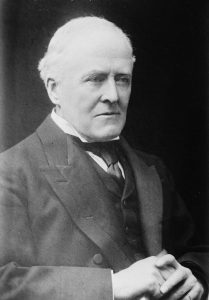A report in the Bucks Herald dated May 31st, 1890, gives details of fund-raising for the erection of a church in Holmer Green. The important person who opened the Bazaar, Princess Christian of Schleswig Holstein, was, before her marriage, Princess Helena, the third daughter of Queen Victoria. The following extracts give a flavour of the florid reporting of the time.
“Honoured by the presence of Royalty, the grand Bazaar which was opened on Thursday afternoon at Penn House, Amersham, in aid of the fund for building a church at Holmer Green, was a great success. The beautiful grounds at Penn were never seen to greater advantage than beneath the bright beams of the summer sun which favoured the gathering by its presence, and we are sure that the genial weather had a great deal to do with the great interest and enjoyment which those present appeared to feel in the proceedings. . . . The object for which the Bazaar was held was a laudable one. The want of a church in Holmer Green has long been seriously felt, and with the concurrence of the Vicar of Penn Street (the Rev. J. J. Lindeman) in whose parish Holmer Green is situated, the Countess Howe with her usual generosity and kind-heartedness, decided to hold a bazaar at Penn House, with the object of raising funds for the erection of a Church at Holmer Green. We learn that promises of £550 in money has already been given, and Earl Howe has already given a site. It is estimated that a suitable building would cost £800, but it is desired, if possible, to form, in addition, some kind of endowment fund which would support a clergyman to minister to the spiritual needs of the inhabitants of the hamlet.”
The Bazaar was held in an enclosed portion of the park on the right of Penn House, where several tents had been erected. A large one was devoted to stalls with a great variety of items for sale, a second one housed tea and light refreshments and in the third one a variety of entertainments went on during the afternoon. All the tents had boarded floors and there was a boarded path from the house into the bazaar tent, covered in red baize. The approach to the ‘Bazaar’ tent was lined with palms in pots.
Shortly before two o’clock Her Royal Highness Princess Christian of Schleswig Holstein accompanied by her husband, daughter, the Earl and Countess Howe and other house guests, left the house and went to the ‘Bazaar’ tent while the band of the Grenadier Guards played the National Anthem. Rev Lindeman spoke briefly of the necessity to have a church in Holmer Green, which had a population of 480 and was two miles from Penn Street. After this the Princess declared the bazaar open.
The many stalls were in the charge of Countess Howe, assisted by the Princess, and other titled and well-connected ladies (details in Bucks Herald link below) except for the Parish one which was in the hands of Miss Brine. Our reporter goes on to give a description of the items for sale:
“The articles upon offer were of the most extensive and beautiful description, each stall being loaded with a wealth of fancy articles, handsomely embroidered cushions, wicker tables, beautifully hand-painted screens, brackets, sticks, umbrellas, dolls (some most beautifully dressed), portraits of Lord Curzon, and views of Penn House, and needlework, terra-cotta ornaments and costly bric-a-brac of every description, which we have not space to particularise. The stalls were elegantly draped in various coloured art and Indian muslins, and looked exceedingly pretty.”
During the afternoon, the Band of the Grenadier Guards played a selection of popular music. The entertainments in the third tent included Professor Overton, a ventriloquist, and performances by Professor Johannes Wolff, “the celebrated violinist to the King of Holland”.
A contingent of County Police was also in attendance and the bazaar continued the next day.
Looking ahead, the church was opened in 1894.
Footnote: In 2017 £550 and £800 were worth £71,140 and £103,476 respectively.
Hilary Hide, Holmer Green Today
The original much longer article from the Bucks Herald, May 31st, 1890,
with details of attendees and musical entertainment, May 28th and 29th 1890.


